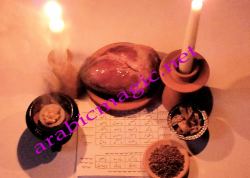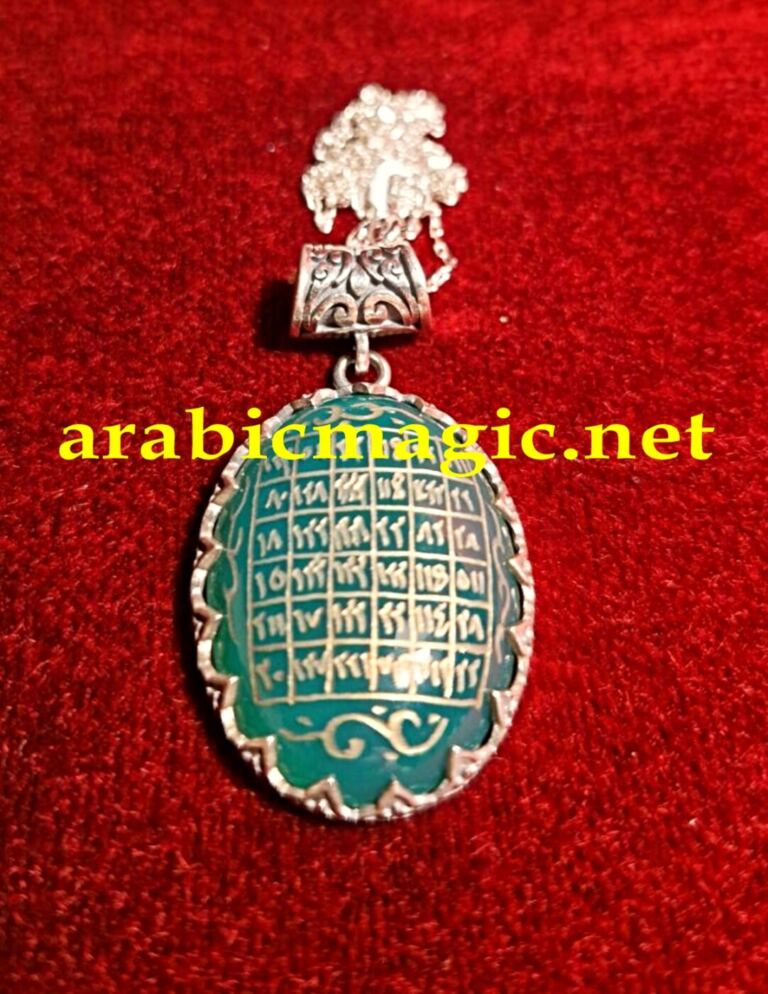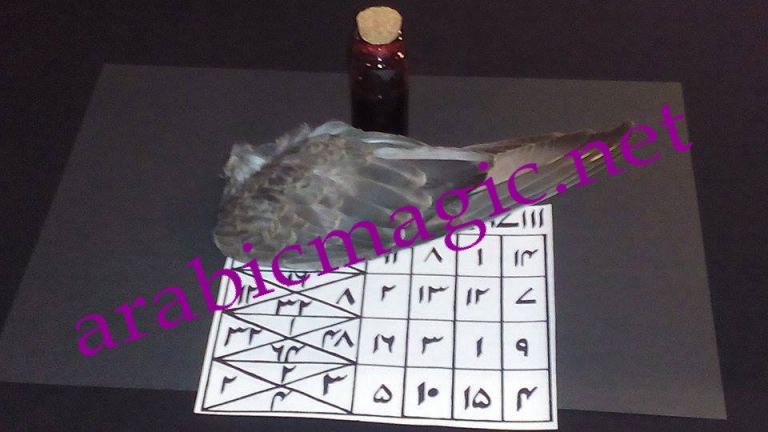Arabic Magic for Binding and Love Using a Animal Heart
This ancient Arabic love ritual is a powerful and highly effective practice designed to ignite intense, scorching love in the heart of your chosen one. Rooted in mystical traditions, it works by channeling the potent energy of the fire jinn ifrits, known for their ability to influence passion and desire. The ritual begins with the preparation of two essential elements: the heart of an animal, symbolizing raw emotion and devotion, and a personalized taweez crafted specifically for the target. The taweez is inscribed with sacred symbols and formulas, aligning the energy of the ritual with the person you wish to influence. This preparation ensures that the ritual establishes a strong spiritual connection between you and the target, laying the foundation for the desired effect.
The heart and taweez are central to the ceremony, and their purpose is magnified by the precise timing of the ritual, which is performed during the hour of Venus. This planetary hour is carefully chosen for its association with love, attraction, and emotional connection. The ritual progresses with the burning of the heart, which is infused with the energy of the taweez, in a sacred fire. As the flames consume the heart, specific spells and incantations are recited to summon the fire jinn ifrits, powerful entities capable of influencing human emotions. The burning symbolizes the transfer of intense passion to the heart of the chosen person, ensuring that their love and desire for you become overwhelming and inescapable.
Once the ritual is completed, the fire jinn ifrits carry the energy of the incantations directly to the target, embedding within them a deep and consuming passion. This ensures that the person becomes captivated by you, unable to resist the feelings ignited by the ritual. Whether you seek to strengthen an existing bond or create a new connection, this ritual guarantees that your chosen one’s heart will burn with love and desire for you alone. Its transformative power lies in its ability to tap into ancient energies and align them with your intentions, creating a lasting and passionate union.
Click on the pictures above to see the pictures in full-size*
We guarantee complete confidentiality to each client and high level of professionalism. In addition, as a proof of our work we sent to you pictures of the performed rituals. If you wish to make an order for a certain ritual, use the following email: [email protected]







